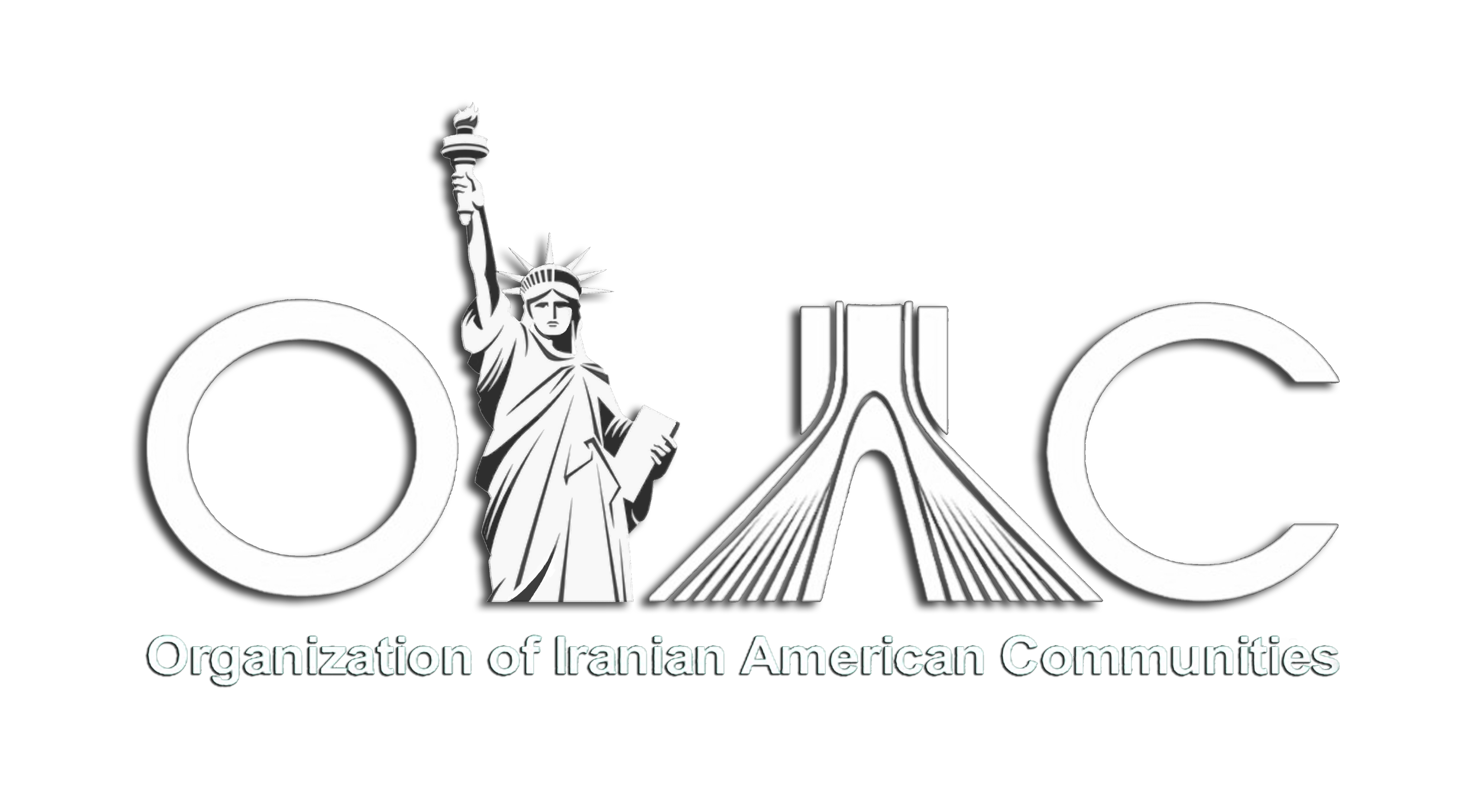Babak Dadvand | January 2, 2020
On 15 November 2019, civilians took to the streets of Iran to protest against the sudden 300% increase in fuel prices. The nationwide movement lasted a whole week, with the public shifting the focus from the country’s economic issues to political ones and asking high-ranking officials to step down. Images and videos that have surfaced across social media platforms showed rioters setting gasoline stations, banks, and government properties ablaze – grim portraits of people that have had enough.
Revolutionary Roots
To better understand the events that are currently taking place in Iran, it’s best to take a look back at its recent past. In 1979, the country went through a significant change when society fought against a state that hid stories of corruption and brutality. This resulted in the dismissal of Mohammad Reza Shah Pahlavi from the throne. His decades-long rule was widely criticized by the public, calling it an authoritarian government that favored and protected foreign interests over the country’s own.
One of the Shah’s critics was Ayatollah Ruhollah Khomeini, a cleric who was exiled in 1964. Far away from home, he continued to speak out against the ruler, delivering speeches that were recorded and sent back for Iranians to listen to at various gatherings. This set off the so-called “cassette revolution,” which ended the thousands-year-old monarchy and installed Khomeini as the interim prime minister.
A Series of Missteps
Unfortunately, Khomeini failed to deliver on his promises. While often hailed the founder of the Islamic Republic, younger generations weren’t that interested in his legacy. For the newly established country, he set up a dual government, which was led by a supreme leader who oversaw domestic and foreign policies and served as the commander-in-chief. Whoever assumed this role was elected by an assembly of experts, people who were placed in position by voters.
The public had a stronger voice when it came to the other leader, which was the president. This person was voted by the people and exercised limited powers. But, they were given complete control over the country’s economic policies.
The uneven distribution of powers between the supreme leader and president resulted in a rather complicated system that favored the former as they weren’t subjected to checks and balances. This separate and unequal structure paved the way for a series of missteps, including the mismanagement of funds and the decline of its relations with some neighboring countries.
The Sparks
Another problem is the fact that the United States supported the Shah, so his removal jeopardized the relationship between Iran and the US. This was further strained in 2017, when American President Donald Trump pulled out of the 2015 nuclear deal, saying that it wasn’t effective in reducing the country’s atomic activities.
With this move came the implementation of harsh sanctions, a “maximum pressure” strategy that drastically affected the Iranian economy. Inflation and unemployment rates soared as oil and non-oil export products crashed upon the US’s exit from the market, cutting down the government’s chances of keeping the country afloat.
Adding Fuel to the Flames
The widespread government corruption, depreciating currency, skyrocketing prices, and lack of food and supplies gave Iranians no choice but to express their dissatisfaction and disappointment at the government as loudly as possible. On the streets, protesters lit police cars and public offices on fire, all while chanting for the resignation of their current supreme leader, Ayatollah Ali Khamenei. In response, authorities used brutality and other scare tactics to curb riots. The internet was even shut down for a week to keep news of unrest from spreading to other countries.
Unfortunately, these movements also caused hundreds casualties, according to Amnesty International. Some cases weren’t even reported to other agencies and nations as the government threatened families to maintain their silence on the matter. Aside from these violent clashes, authorities also carried out massacres and targeted intellectuals and people who spoke out on national issues.
While Iranian-American relations aren’t so good from a political perspective, this doesn’t mean that citizens from either country get a free pass at looking the other way. Visit the Organization of Iranian American Communities to find out more about these issues and how you can help those in need.
